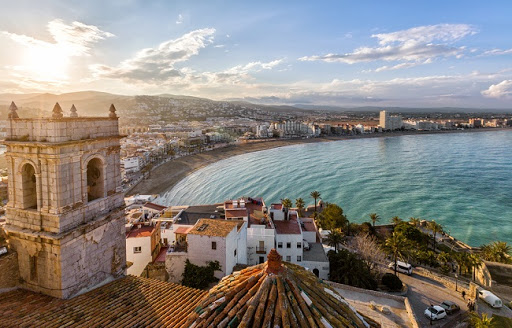The 2010s were Spanish tourism’s moment in the sun. In 2019, three of Europe’s top-five tourist destinations were Spanish (nights spent at tourist accommodations), and the country’s tourism sector was worth $200 billion, or 14.3 percent of the national GDP.
NB: This is an article from McKinsey & Co
With the COVID-19 pandemic, the clouds have rolled in and could be here to stay for at least the next few years. Our forecast suggests that by the time the sector recovers, Spain may have amassed cumulative GDP losses of $300 billion, and up to 4.4 million jobs might be eliminated. With this much at stake, stakeholders in Spain’s tourism industry may not be able to afford to wait for the storm to pass.
Subscribe to our weekly newsletter and stay up to date
This article takes stock of COVID-19’s impact on Spain’s tourism sector and suggests steps that travel companies and public-sector stakeholders can take to catalyze recovery. Indeed, many positive signs point to tourism bouncing back when COVID-19 protocols ease. And while it’s impossible to predict with certainty when that would happen, there are many things industry players could be doing now.
Businesses could step up their digitalization efforts while exploring more cross-sector collaborations. Local governments could become a more proactive player in tourism management, employing measures to promote destination appeal, fostering cross-sector collaborations, and reskilling and retraining the travel workforce. While discussions around some of these ideas predate the pandemic, the time for implementation may have finally come.
COVID-19’s impact on Spain’s travel industry
Even though the effects of the pandemic are far from over, a number of insights are emerging. If current trends hold, it will take years for Spain’s travel sector to fully recover, and the economic devastation that has hit the sector the hardest would trickle down to the rest of the economy. This would also be a time of transformation for the industry. When tourism returns (and with a vengeance, we expect) the profile of Spain’s tourism industry will likely have changed structurally as the country emerges from the crisis, with segments such as MICE (meetings, incentives, conferences, and exhibitions) and group travel activities becoming less central.




